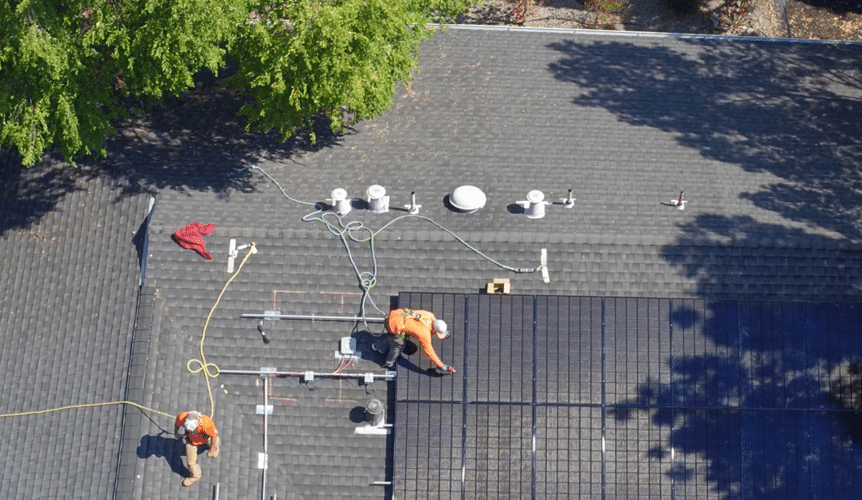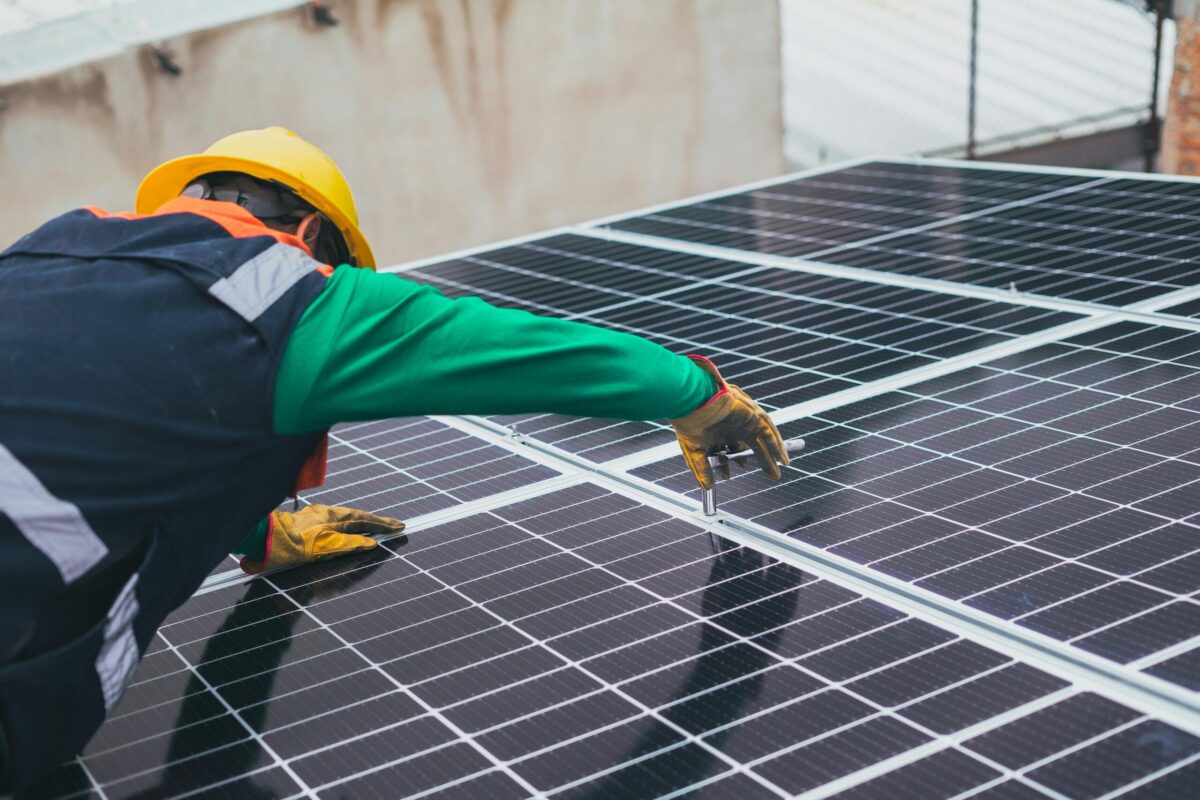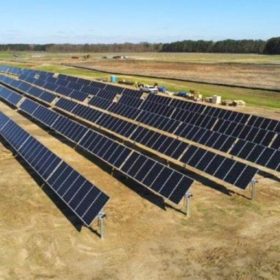In August, Wood Mackenzie released a report asserting that U.S. residential solar finance will “falter” in 2020. The claim was supported by expectations of higher loan default rates — as unemployment remains at 8.4% with government assistance winding down, and by the vulnerability of residential installers to a prolonged economic downturn.
The report caught the eye of Solar Wakeup’s Yann Brandt, who took to LinkedIn to chime in on the findings, claiming that it “will go down as the worst forecast” and that installers, suppliers and loan providers are all telling a much different story.
pv magazine spoke with Brandt, who clarified his position, saying “There’s not a single lender in the residential solar finance space that thinks that they’ll be down year-over year.”
The report led Brandt to question the report’s data collection, as projections of residential solar finance being able to weather the pandemic are nothing new.
In May, Kroll Bond Rating Agency (KBRA) completed a review of all of its outstanding ratings on $2.9 billion of U.S. Solar Loan ABS securities. The point of the review was to determine those most at risk to Covid-related disruptions. After completing the review, however, KBRA did not deem it necessary to effect any credit watch placements.
As for the higher payment default rates anticipated by the economic slowdown, this was a factor that KBRA took into consideration when reviewing the outstanding ratings. The agency found that loan issuers and servicers began to offer borrowers temporary financial hardship plans, such as modifications, extensions or deferrals to their loan payments. And while these tools would certainly help to alleviate some level of financial hardship, KBRA has found that the percentage of borrowers on these plans was low — on average less than 1% of borrowers.
Health across the market
Instead of being down year-over-year, some of the major players in residential finance are experiencing record loan originations. After a brief decline in application and approval volume due to Covid-19 in March, LoanPal experienced a rebound in approval volume in April to above pre-Covid levels. In June, the company had its highest-ever monthly level of originations at $231 million.
In June, Goldman Sachs priced two securitizations for $459 million worth of Loanpal solar loans, the first since the market effectively closed from March to May amid Covid concerns. 20 days after this, Mosaic closed a $280 million securitization of residential solar loans, consisting of of four tranches of notes rated by KBRA from “AA-” to “BB+.”
At Mosaic, confidence in residential solar financing is high, with CEO Billy Parish commenting, “This securitization represents the highest level of investor demand we have ever seen and demonstrates the market’s appetite for our clean energy-backed assets.”
Just one month later, in the company’s second quarter earnings, Sunnova announced the closing of a $158.5 million securitization of residential solar loan agreements, while also reaffirming its full-year 2020 guidance. Sunnova was one of the only residential companies that never withdrew its initial 2020 guidance after the outset of Covid.
Installations dip
While residential solar financing appears to be in a healthy spot for the time being, SEIA and Wood Mackenzie’s U.S. Solar Market Insight Q3 2020 report, released this morning, tells a different story about overall residential installations.
According to the report, residential installations were down 23% quarter-over-quarter in Q2, with the authors crediting this drop to shelter-in-place orders during the outset of the pandemic imposing restrictions on selling and installing.
The 617 MW installed in Q2 represent the lowest quarterly total in more than a year.
Installers, especially smaller companies, are vulnerable to a prolonged economic downturn. And while some states have loosened work restrictions to allow installations under “the new normal,” it’s not a uniform trend across the country.
The concern raised by the initial report is simple: the longer the economic slowdown lasts, the more installers that go out of business. The more installers that go out of business, the bigger the gap in the market for financeable projects, as financiers lose installer partners.
While decreased installation figures can be worrisome, Brant is still confident in the market, saying “I don’t know anyone that knows residential who thinks that this year won’t be a comeback.”
Beyond seeing a disconnect between WoodMac’s projections and what solar financiers are reporting, Brant feels that a big issue with the report is the weight that it places on the greater solar industry.
“The problem I have with it is that it’s important. What WoodMac says about a market is important. Investors see that and say ‘You know, maybe I should be worried about this. Residential solar is not doing well.’ You can’t tell me that Mosaic securitizes $300 million at a weighted average rate of 2.8% and tell me that that’s a bad data signal.”
This content is protected by copyright and may not be reused. If you want to cooperate with us and would like to reuse some of our content, please contact: editors@pv-magazine.com.









Good article. This kind of goes along with the NREL article yesterday where an influential voice downplays solar and so it tends to be a self-fulfilling prophecy. NREL in the past saying that solar cost projections will be flat causes utilities to model what ends up being higher cost solar. WoodMac saying the sky is falling makes institutions rethink investments in solar. I have even seen this with some of SEIA’s state growth projections although looking at current data it seems better.
Solar Financing for small residential projects? I just got a loan for $32,000.00 at 5.985% through Wells Fargo Bank as a personal loan to do my Tesla Solar Glass Roof. Banks are now doing personal loans up to 72 months with no pre-payment penalties at good interest rates if you have good credit. No origination fees, no annual maintenace fees for 10 years like a “line of credit” on your home and with your local bank, you can pay your payments in person, from automatic withdrawals from your checking account or by mail not from a finance company that you do not know or does not know you. I choose the 36 month plan for the losest interest rate. Telsa offered a 5.99 % rate for 10 years but from a second party solar finance company. Not a bad rate but if you default, would they come take your roof away?